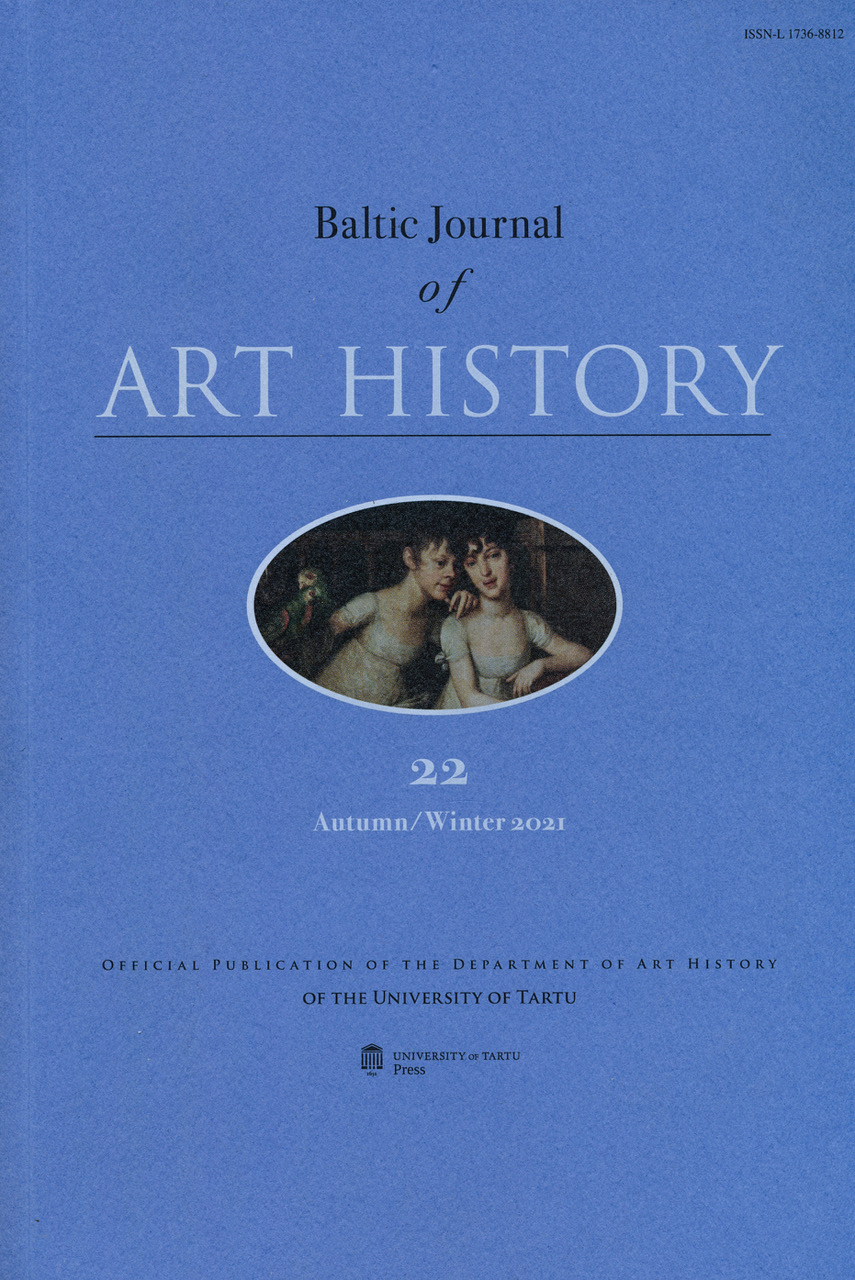COUNT MICHAŁ JAN BORCH AS PATRON AND COLLECTOR: ART BETWEEN ITALY AND THE INFLANTY VOIVODESHIP IN THE AGE OF PARTITION
DOI:
https://doi.org/10.12697/BJAH.2021.22.02Keywords:
Michał Jan Borch, Michael Johann Borch, Enlightenment, Polish-Lithuanian Commonwealth, patronage, Italy, portraiture, Grand TourAbstract
This article reevaluates the lifelong artistic patronage and collecting
practices of Polish-Lithuanian Count Michał Jan Borch (1753–1810/11)
against the historical background of Enlightenment Europe more
broadly and specifically the Age of Partition (c. 1750–1810). This article
examines how despite persistent financial shortcomings and political
difficulties, Borch staked for himself a strategic position as patron and
collector, staging a renovation of the present by engaging with late
baroque, rococo, and neoclassical Italianate forms that inflected Italy
and the antique not as fixed entities but as a malleable or notional
fragments that could be arbitrated, reassembled and transformed
through the intermediating agency of persons and objects, and related
to the past in form, style and language, thematizing the temporal
passage between venerable and modern in a way that reanimated
the grandeur of the past in honor of Borch’s re-envisioning of his
restored homeland. As a case study in period self-fashioning, the
article is structured around four portraits of Borch and his family
executed at crucial inflection points in his life and career.

